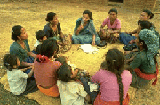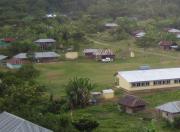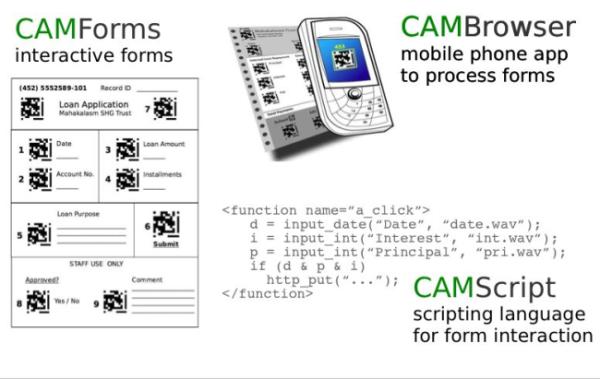The key design elements of CAM are:
- Tight linkage to paper processes - barcodes link CAM to familiar paper formats
- Camera and multimedia-driven UI - accessible to rural users and the constraints of mobile devices
- Easy to program and use - easy to localize, even if phone doesn't
support target language
- Asynchronous networking - using SMS and other SMTP-based protocols
- Mobile phones as a computing platform - battery-powered, familiar, cheap, immediately useful
- Agent-based - supporting distributed data collection and dissemination
|


